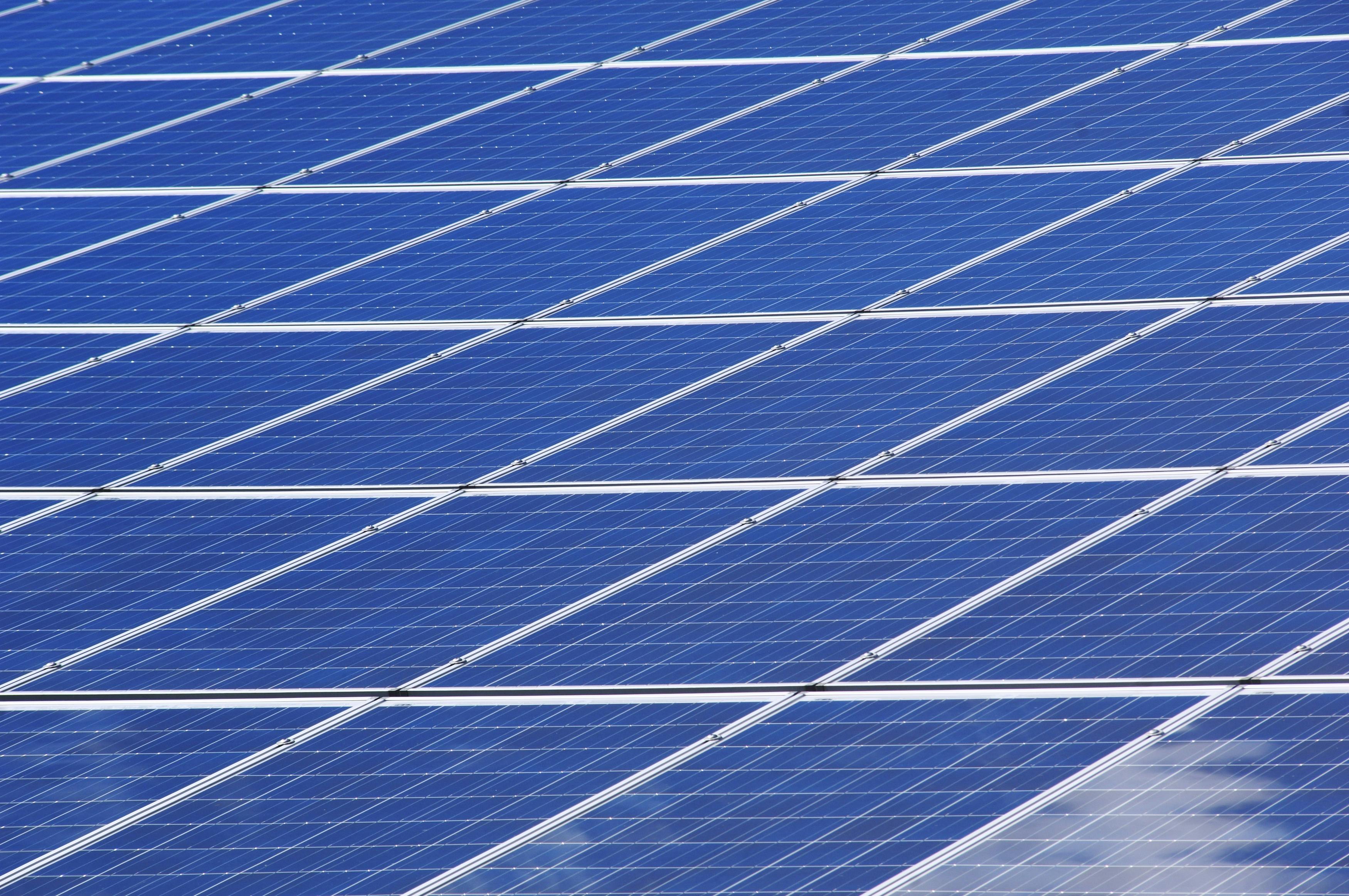Unlocking Savings and Sustainability: The Essential Guide to Residential Solar Systems for Your Home
As the world turns to greener alternatives, the adoption of residential solar systems in homes has gained significant momentum in 2025. These innovative setups not only reduce reliance on the electricity grid but also translate into substantial savings on utility bills. Homeowners investing in solar energy systems can enjoy long-term financial benefits while contributing to a cleaner environment.

Solar technology has revolutionized how homeowners approach energy consumption and environmental responsibility. Modern residential solar systems offer unprecedented opportunities to reduce utility costs while contributing to a cleaner energy future. The combination of improved efficiency, decreasing equipment costs, and attractive financing options has made solar energy accessible to a broader range of households than ever before.
Understanding Solar Panels for Home Use
Solar panels for home installations convert sunlight directly into electricity through photovoltaic cells. These systems typically consist of multiple components working together: solar panels, inverters, mounting systems, and monitoring equipment. The panels themselves are designed to withstand various weather conditions while maintaining optimal performance for decades. Most residential systems generate between 3 to 10 kilowatts of power, depending on roof space, energy needs, and local sunlight conditions.
Modern solar panels achieve efficiency rates of 15-22%, meaning they convert that percentage of sunlight into usable electricity. Higher efficiency panels require less roof space to generate the same amount of power, making them ideal for homes with limited installation area.
Solar Panel Installation Process and Requirements
Solar panel installation involves several critical steps that require professional expertise and proper permits. The process begins with a comprehensive site assessment, evaluating roof condition, orientation, shading, and structural integrity. Professional installers analyze energy usage patterns and design systems tailored to specific household needs.
The installation typically takes one to three days, depending on system size and complexity. Key requirements include adequate roof space with southern exposure, minimal shading from trees or buildings, and a roof structure capable of supporting additional weight. Local building codes and utility interconnection requirements must also be met before system activation.
Solar Panel Cost Considerations and Investment Analysis
Solar panel cost varies significantly based on system size, equipment quality, installation complexity, and geographic location. The total investment includes equipment, installation, permits, and potential electrical upgrades. While initial costs may seem substantial, most homeowners recover their investment through energy savings within 6-10 years.
Federal tax credits, state incentives, and local rebates can substantially reduce upfront costs. Many financing options exist, including solar loans, leases, and power purchase agreements, making solar accessible regardless of available cash.
| System Size | Average Cost Range | Monthly Savings Estimate | Payback Period |
|---|---|---|---|
| 4kW System | $12,000 - $16,000 | $80 - $120 | 8-12 years |
| 6kW System | $18,000 - $24,000 | $120 - $180 | 7-10 years |
| 8kW System | $24,000 - $32,000 | $160 - $240 | 6-9 years |
| 10kW System | $30,000 - $40,000 | $200 - $300 | 6-8 years |
Prices, rates, or cost estimates mentioned in this article are based on the latest available information but may change over time. Independent research is advised before making financial decisions.
Choosing Solar Panels for House Specifications
Selecting appropriate solar panels for house installations requires careful consideration of multiple factors. Panel types include monocrystalline, polycrystalline, and thin-film technologies, each offering different efficiency levels, costs, and aesthetic appearances. Monocrystalline panels provide highest efficiency but cost more, while polycrystalline panels offer good performance at lower prices.
Roof characteristics significantly influence panel selection. Steep roofs may require specialized mounting systems, while flat roofs offer more flexibility in panel positioning. Available space determines whether high-efficiency panels are necessary or if standard panels suffice.
Finding Solar Energy Companies in Your Area
Locating reputable solar energy companies in your area requires thorough research and comparison. Local installers often provide better service and understanding of regional regulations, while national companies may offer competitive pricing and standardized processes. Key evaluation criteria include licensing, insurance, experience, customer reviews, and warranty offerings.
Obtaining multiple quotes allows comparison of system designs, equipment recommendations, and pricing structures. Reputable companies provide detailed proposals including energy production estimates, financial projections, and timeline expectations. Verification of credentials through local licensing boards and Better Business Bureau ratings helps ensure contractor reliability.
Residential solar systems represent a significant investment in both financial savings and environmental stewardship. Understanding the technology, installation process, costs, and provider selection criteria empowers homeowners to make informed decisions. As solar technology continues advancing and costs decrease, these systems become increasingly attractive for households seeking energy independence and reduced environmental impact. Proper research, professional installation, and realistic expectations ensure successful solar adoption that delivers decades of clean, renewable energy.




